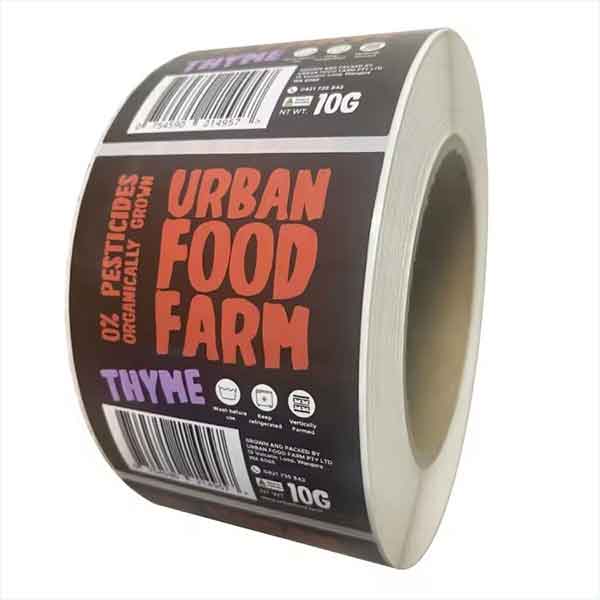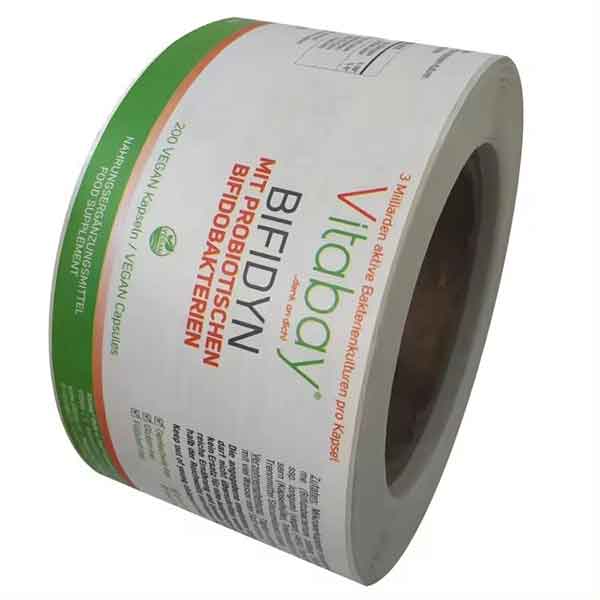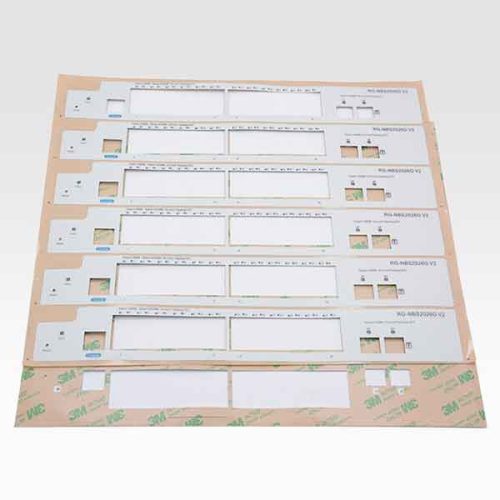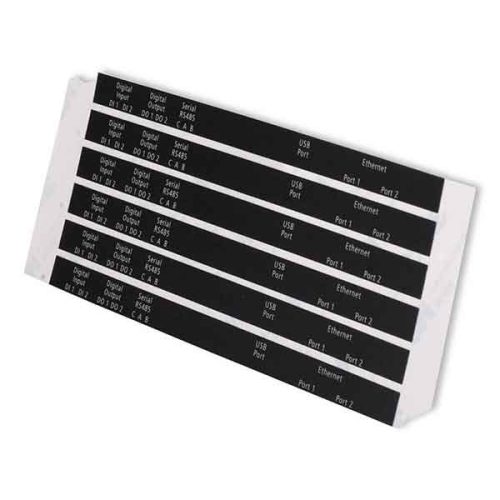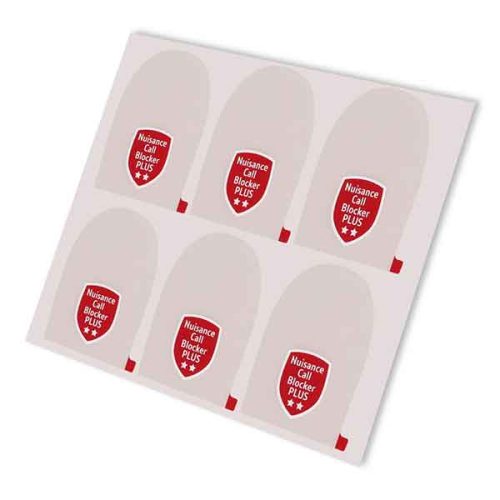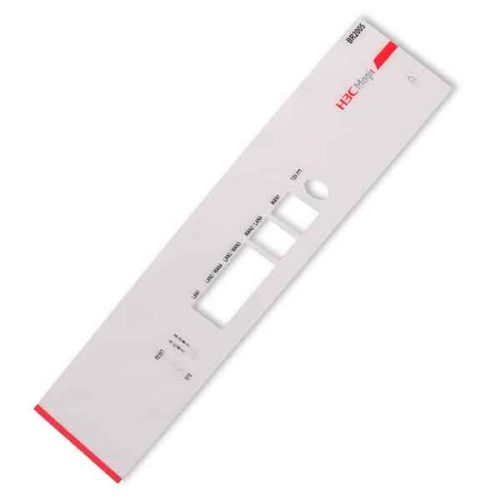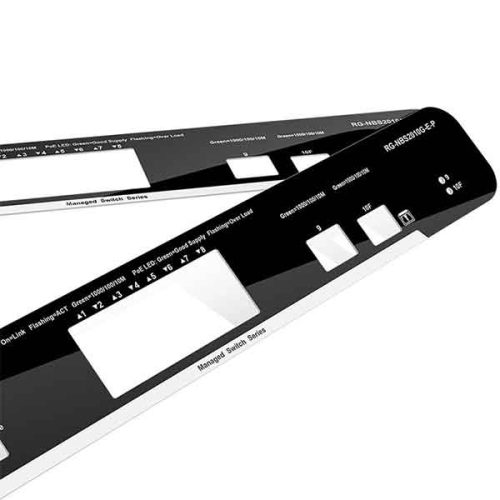Description
Versatile Sizes, Shapes, and Materials:
Our food packaging labels come in various sizes and can be tailored to standard or custom shapes. Choose from a range of materials, including waterproof and greaseproof options, to suit your packaging needs.
Design Your Unique Look:
Start by selecting a shape. If opting for a standard shape, explore our customizable templates or design your own. For custom shapes, simply upload your logo or artwork, and our design studio will generate a custom cutline for your sticker, with further options for personalization.
Order FAQ
Q: What about the design file:
We can help you design a custom overlay as your application, and work with your engineering drawings to ensure a custom fit.
Vector-based files ( Adobe Illustrator, Coreldraw, PDF)
Engineering files (AutoCAD, PRO-E, STP)
Raster-based files (Adobe Photoshop, Hi-Res JPEG, TIFF)
Q: Do you have a price list?
A: There is no price list. As most graphic Overlays are customized printed, the material, measures, thickness, printing colors, adhesives, and windows should be different. So the Price is based on Graphic Overlay specifications and would be different also.
Welcome, contact us with your inquiry specification to get a free quote with an honest factory price.
Q. Can you produce according to the samples?
A: Yes, we can produce your samples or technical drawings.
Q. What is your sample policy?
A: We can supply the free sample of our previous orders to you, but the customers have to pay the courier cost.
For customized samples, the sample charge would be paid before production.
Q: How to order:
A:1.Contact us with your specifications and requests to get one exact and free quote for free, our email is info@graphicoverlaysz.com
2. Supply artwork, place the order, arrange the payment
3. Receive the approval proof and expected delivery time
4. Inform the exact address with the zip code and confirm the delivery invoice and Packing list
5. Delivery with the tracking number by express or bill number by air & sea
6. Receipt and after-sales customer service.


